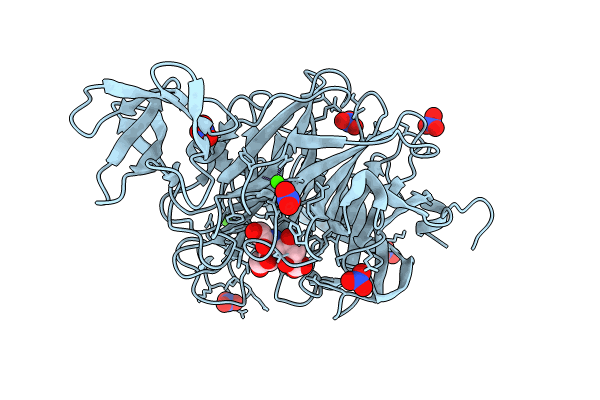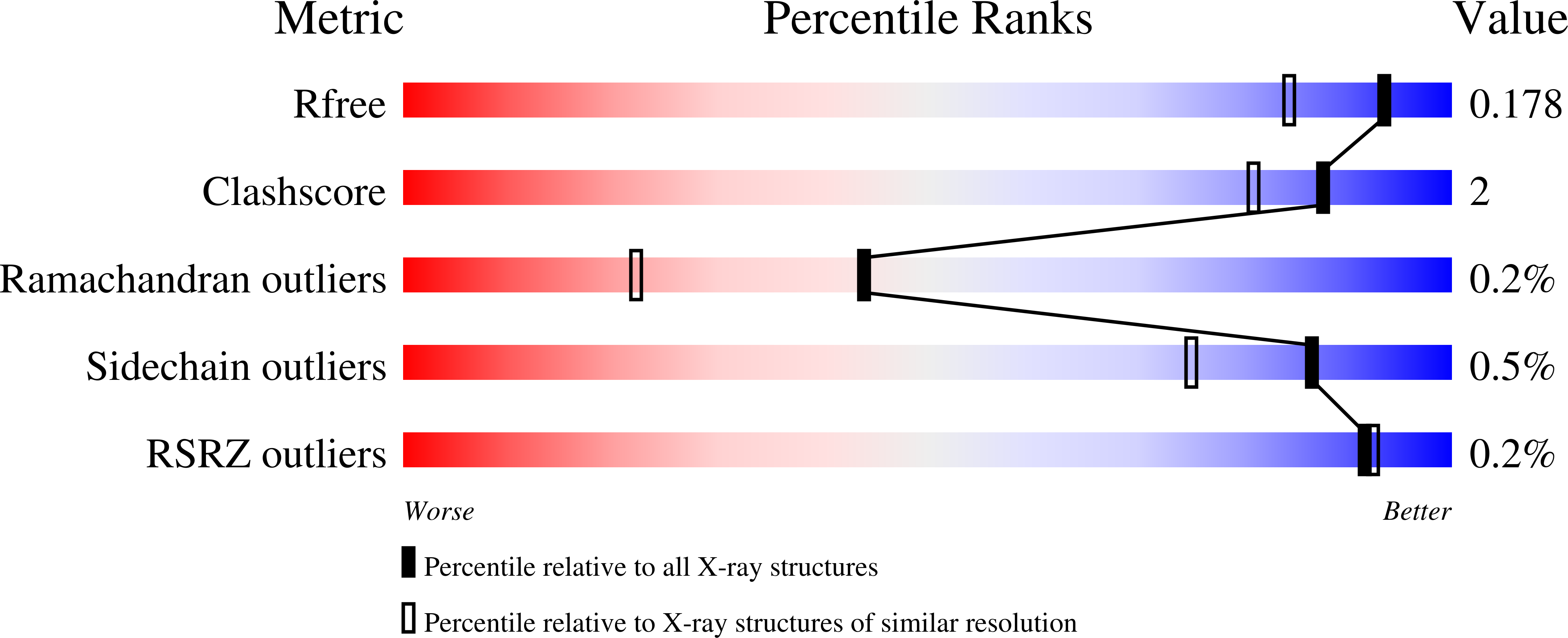
Deposition Date
2023-09-12
Release Date
2024-09-04
Last Version Date
2024-10-30
Entry Detail
PDB ID:
8U5O
Keywords:
Title:
The structure of the catalytic domain of NanI sialdase in complex with Neu5Gc
Biological Source:
Source Organism:
Clostridium perfringens ATCC 13124 (Taxon ID: 195103)
Host Organism:
Method Details:
Experimental Method:
Resolution:
1.50 Å
R-Value Free:
0.17
R-Value Work:
0.15
R-Value Observed:
0.15
Space Group:
P 21 21 21


